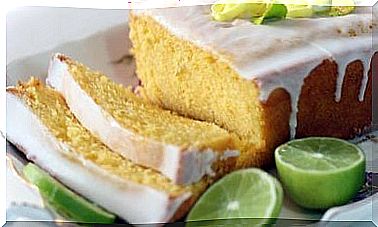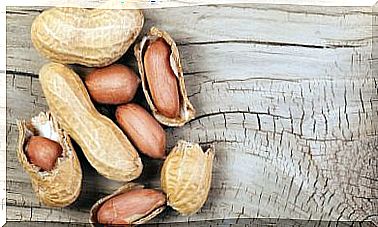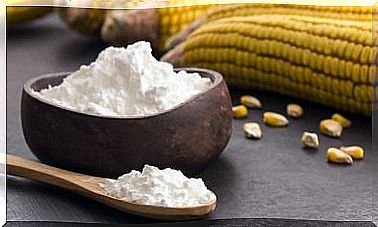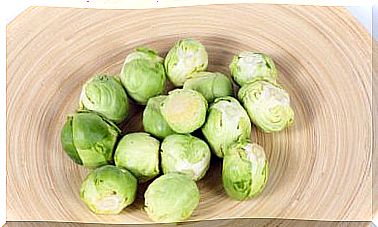Types Of Salt, Which Is The Healthiest?
Although salt is a very common ingredient, it is important to moderate its consumption on a daily basis, as indicated by experts from the World Health Organization.
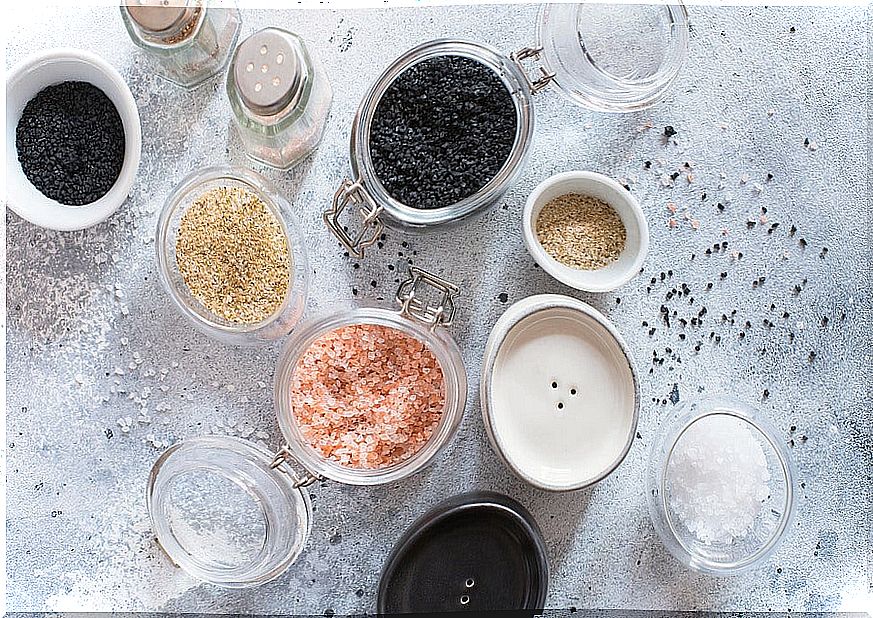
In the gastronomic world there are several types of salt and each of them is used to prepare different recipes. For example, fine salt is often used to prepare pasta sauces, while coarse salt is used in recipes for grilled or grilled foods, seafood, and meats.
Salt is undoubtedly the most widely used condiment in the world when it comes to cooking. And although it can contribute a lot to the enhancement of flavors, it is necessary to learn to use it in moderation, since its excessive consumption is harmful to health.
In fact, experts from the World Health Organization recommend reducing sodium intake to reduce blood pressure and the risk of cardiovascular disease, stroke, and coronary heart disease in adults.
Types of salt
In the first instance, there is an important aspect to take into account: although all types of salt contain sodium, this substance is not always present to the same extent. Thus, not all salts contain the same amount of sodium and other minerals.
Knowing how to use each type of salt can help us to better enhance the flavor of food and obtain much tastier dishes. Therefore, it is convenient to know what the types of salt are and which of them is considered to be the healthiest. Ready to get on with it? Go!
1. Common table salt
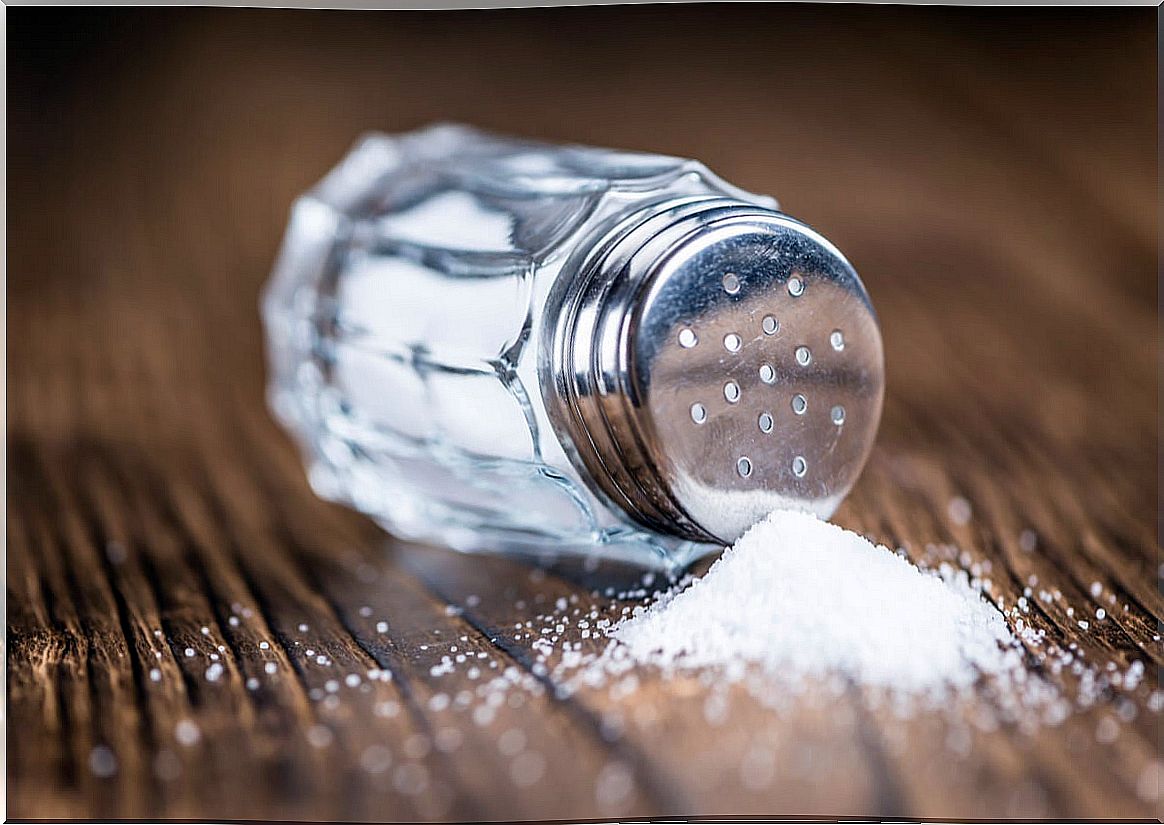
Fine salt or “table salt” is the type of salt most used on a daily basis. It contains 95% sodium chloride and in the manufacturing process other minerals are added, such as iodine and fluorine, as well as other additives and preservatives.
If, when preparing food, a balance is sought in flavor, that is, to season the meals, common (or “table”) salt is the type of salt most conducive to this.
2. Unrefined sea salt
Sea salt is what is obtained by evaporating sea water. It is composed of chlorine, sodium, iodine, fluorine, among other additives. Among these components, sodium chloride is essential.
Unlike common salt, it contains a large number of minerals such as: sulfur, boron, carbon, magnesium, potassium, sodium, fluorine, phosphorus, iron, zinc, iodine, among others. On the other hand, it has a grayish color and gives a more intense flavor to foods than common salt.
This type of salt is much healthier, for the preparation of recipes, than common salt. Beyond knowing which one is healthier between the two, what really matters is the correct administration of the proportions in the recipes.
3. Flower of salt
This type of salt is acquired from the surfaces of the marine salt flats in an artisanal way through traditional techniques in the Atlantic and the Mediterranean.
The flower of salt is used, par excellence, by gourmets thanks to its gastronomic properties. It is hypotonic, which indicates that when consumed they do not cause water retention. When compared to the other types of salt, it is low in sodium chloride (only 92.9%) and sodium (15%).
As for the flavor, it is less intense than the other salts, since it dissolves easily on the palate.
4. Salt the Himalayas
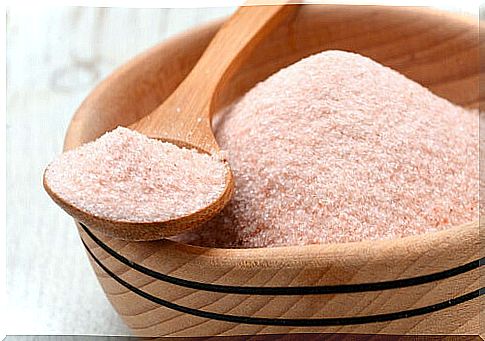
This is a type of salt originating mainly from Pakistan, Latin America and not from the Himalayas, as is often believed in view of its name. In recent years, as a result of marketing related to its place of origin, it has become very popular because it has been attributed great nutritional value.
It is said that it has around 84 minerals and trace elements and that therefore it can contribute to the proper functioning of the body. Another element that has contributed to its massive diffusion is its pink color that makes it more striking to the eye.
What is the healthiest salt?
Each type of salt, by marketing strategy , has messages that indicate that they are the healthiest, most natural and purest. However, not everything that is stated turns out to be true and, in many cases, many exaggerations are made.
To make the selection process more practical, we share some recommendations:
- All types of salt contain sodium chloride as an essential element and, for this reason, it should be consumed in moderation.
- Sodium can be obtained from many foods, so it is thought that salt intake may be unnecessary. According to Dr. Mario Virgolini, coordinator of the Healthy Argentina Plan of the health portfolio, about 50% of excess salt comes from processed foods, such as bread and canned goods.
- Salt is used primarily for the flavor it brings to food, not for the health effects it may have.
- Advertising strategies are not fair at the time of offering sales due to high costs. For this reason, it is difficult to discern if indeed a natural product is worth its price or if it is simply pure marketing.

Reduce the consumption
In conclusion, the problem is not the salt but the way to consume it and the amount used in each meal.
Its exaggerated consumption causes cardiovascular diseases, kidney failure, gastric disorders, osteoporosis, etc.
A study published in the British Medical Journal found that patients who reduced salt improved their kidney function, as the kidneys had difficulty processing excess sodium.
The same study found that sodium reduces the elasticity of blood vessel walls and heart cells.
Another study from Harvard Medical School indicates that a diet low in salt reduces blood pressure and therefore the risks of cardiovascular accidents.
Several specialists give the following recommendations to reduce salt intake:
- Eliminate the salt shakers from the table to avoid the extra salt added by the diner.
- Eliminate the consumption of preserves and precooked dishes.
- Reduce the consumption of cheeses, sausages and pickles.
- Reduce or eliminate the consumption of smoked foods.
- Avoid salty snacks , such as chips, nuts, etc.
- Use less soy sauce, ketchup, seasoned salts.
Remember that spices and aromatic herbs can be an excellent alternative to salt. Therefore, it is worth doing the test and thus making healthier preparations.
